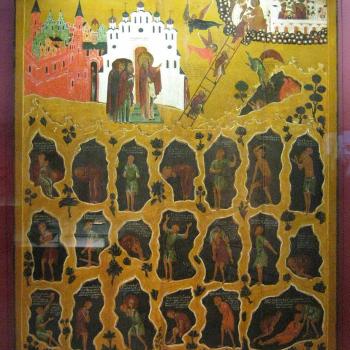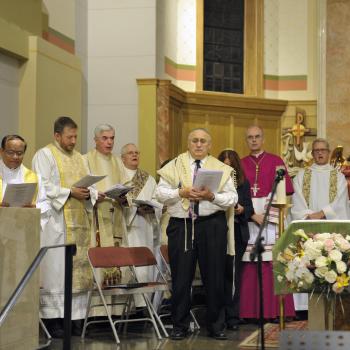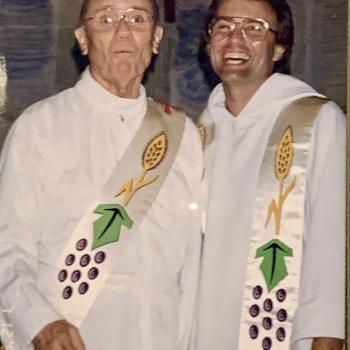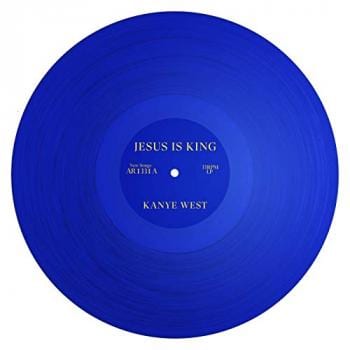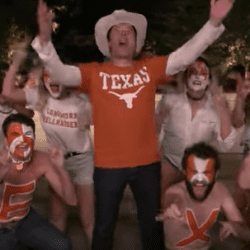Incredibly, you can spend hours watching TV or reading online, hearing endlessly about “Black Friday” deals and sales and specials, but with barely a word that mentions Thanksgiving.
Like so many other occasions, you might never know the reason for the season.
The origin of the phrase “Black Friday” is itself clouded in obscurity. I asked my wife if she had any idea why it’s called that and she admitted she didn’t have a clue.
Even those who profess to know may be mistaken.
Here’s what Wikipedia has to say:
The day’s name originated in Philadelphia, where it originally was used to describe the heavy and disruptive pedestrian and vehicle traffic which would occur on the day after Thanksgiving. Use of the term started before 1961 and began to see broader use outside Philadelphia around 1975. Later an alternative explanation was made: that retailers traditionally operated at a financial loss (“in the red”) from January through November, and “Black Friday” indicates the point at which retailers begin to turn a profit, or “in the black”.
For many years, it was common for retailers to open at 6:00 a.m., but in the late 2000s many had crept to 5:00 or even 4:00. This was taken to a new extreme in 2011, when several retailers (including Target, Kohl’s, Macy’s, Best Buy, and Bealls) opened at midnight for the first time. In 2012, Walmart and several other retailers announced that they would open most of their stores at 8:00 p.m. on Thanksgiving Day (except in states where opening on Thanksgiving is prohibited due to blue laws, such as Massachusetts where they still opened around midnight), prompting calls for a walkout among some workers. There have been reports of violence occurring between shoppers on Black Friday.
One writer uncovered this tidbit a couple years ago:
The earliest known example of “Black Friday” to refer to the day after Thanksgiving is from an article entitled “Friday After Thanksgiving” in the November 1951 issue of Factory Management and Maintenance. The article (posted by Taylor-Blake here) was about worker absenteeism on that day, rather than the shopping rush.
But in the early 1960s, “Black Friday” came to be used in Philadelphia to describe the post-Thanksgiving shopping rush. Taylor-Blake discovered an article in a public relations newsletter from1961 that uses “Black Friday” in its current meaning:
Santa has brought Philadelphia stores a present in the form of “one of the biggest shopping weekends in recent history.” At the same time, it has again been proven that there is a direct relationship between sales and public relations.
For downtown merchants throughout the nation, the biggest shopping days normally are the two following Thanksgiving Day. Resulting traffic jams are an irksome problem to the police and, in Philadelphia, it became customary for officers to refer to the post-Thanksgiving days as Black Friday and Black Saturday. Hardly a stimulus for good business, the problem was discussed by the merchants with their Deputy City Representative, Abe S. Rosen, one of the country’s most experienced municipal PR executives. He recommended adoption of a positive approach which would convert Black Friday and Black Saturday to Big Friday and Big Saturday. The media cooperated in spreading the news of the beauty of Christmas-decorated downtown Philadelphia, the popularity of a “family-day outing” to the department stores during the Thanksgiving weekend, the increased parking facilities, and the use of additional police officers for guaranteeing a free flow of traffic … Rosen reports that business over the weekend was so good that merchants are giving downtown Philadelphia “a starry-eyed new look.”
There’s more at the link—including how the phrase became popular with Philadelphia cops and how retailers, dismayed at the gloomy connotations of the term, tried without success to have it changed to “Big Friday.”
To me, it will always be the day after Thanksgiving: a time for leftovers, turkey sandwiches and extra slabs of pumpkin pie slathered in mounds of whipped cream.
But I’m old fashioned that way.






